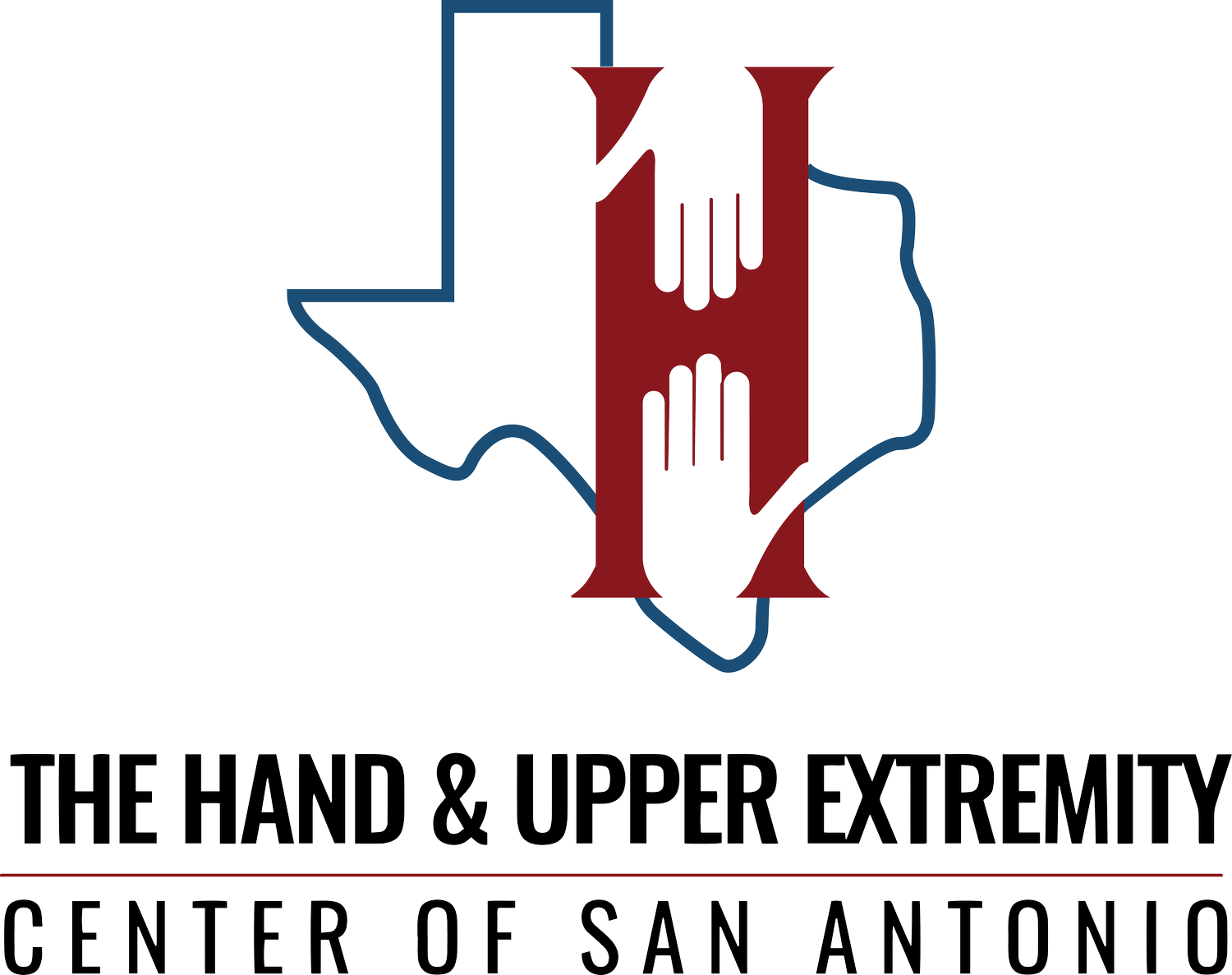
Shoulder Instability Experts in san antonio
What is shoulder instability?
Shoulder instability happens when the ball of the upper arm bone (humerus) moves excessively or repeatedly slips out of the shoulder socket (glenoid). This can lead to pain, weakness, and the sensation that the shoulder is loose or about to dislocate. In some cases, the shoulder may partially dislocate (sublux), while in others, it can fully dislocate with repeated episodes over time.
Unlike a one-time traumatic dislocation, shoulder instability is often chronic and may worsen without proper care. At our center, our experienced team provides personalized evaluations to determine the cause and extent of the instability and recommend the best course of treatment.
What are the types of shoulder instability?
Shoulder instability comes in several forms, each with its own symptoms and treatment options. There are three main types of shoulder instability:
Traumatic Shoulder Instability: This type is the result of a specific injury or traumatic event, such as a fall, sports collision, or accident. It often causes the shoulder to dislocate and may lead to damage of the surrounding ligaments or labrum. Traumatic instability is more common in younger athletes and frequently leads to repeated dislocations if left untreated.
Atraumatic Shoulder Instability: Atraumatic instability develops gradually and is not linked to a single injury. It is often caused by repetitive overhead motions or loose connective tissue that allows the shoulder joint to shift out of place. People who are naturally flexible or hypermobile may be more prone to this type. It’s commonly seen in swimmers, pitchers, and gymnasts.
Multidirectional Instability (MDI): With multidirectional instability, the shoulder is unstable in more than one direction — such as forward (anterior), backward (posterior), or downward (inferior). This type is typically caused by generalized joint laxity or congenital hypermobility. MDI often affects both shoulders and can usually be managed with a focused physical therapy program, though surgery may be considered in severe cases.
What are the common symptoms of shoulder instability?
People with shoulder instability often describe their shoulder as feeling unreliable or prone to slipping. Common symptoms include:
A sensation that the shoulder may “give out” during movement
Recurrent dislocations or partial dislocations (subluxations)
Shoulder pain, especially with overhead or throwing motions
Weakness or fatigue in the arm
Clicking, catching, or shifting sensations in the shoulder
Limited range of motion or instability during activity
If you’re experiencing these symptoms, it’s important to be evaluated by a qualified shoulder specialist in San Antonio to prevent worsening of the condition.
Shoulder Instability Treatment Options
We offer comprehensive shoulder instability treatment in San Antonio, starting with conservative approaches and progressing to surgical care when needed.
NON-SURGICAL TREATMENTS
Activity Modification
Physical Therapy
Anti-inflammatory Medications
Bracing
SURGICAL TREATMENTS
Arthroscopic Stabilization
Capsular Shift or Plication
Latarjet Procedure
Shoulder instability can significantly affect your ability to perform everyday tasks, participate in sports, or simply move without discomfort. Depending on the cause and severity of your condition, treatment options will vary. That’s why it’s essential to consult with a skilled shoulder specialist in San Antonio who can evaluate your symptoms and create a personalized treatment plan.
In many cases, shoulder instability develops gradually or follows a past injury that didn’t heal properly. If left untreated, it can lead to chronic pain, repeated dislocations, and long-term joint damage. Whether your instability is the result of a traumatic event or ongoing joint laxity, our team is here to help.
At The Hand & Upper Extremity Center, we specialize in the diagnosis and treatment of shoulder conditions, including both simple and complex cases of instability. If you’re experiencing shoulder weakness, frequent slipping, or dislocations, you’ve come to the right place. Our team offers expert, compassionate shoulder instability treatment in San Antonio to help you regain strength, control, and confidence.
Meet our SHOULDER Specialist
Dr. Srinivasan
Fellowship-Trained, Board Certified Orthopedic Surgeon
Dr. Srinivasan is a specialist in treating shoulder, elbow, and hand injuries. He has a vast knowledge of both arthroscopic and open techniques for ligament, meniscus, cartilage, rotator cuff, and labrum injuries as well as shoulder replacement surgery. He loves treating patients of all ages and abilities, helping them to get back to their favorite activities. He is dedicated to providing the best possible care and getting them back on the path to living their best life.
Dr. Srinivasan was named a Texas Monthly Super Doctor rising star in 2015, 2016, and 2017 and a Super Doctor in 2018, 2019, 2020, 2021, 2022, and 2023!
why come to The Hand and Upper Extremity Center of San Antonio for your shoulder instability?
When you visit us at The Hand and Upper Extremity Center of San Antonio, you will find a fine-tuned team ready to take care of you. Your physicians have over 100 years of collective experience and represent multiple generations and training backgrounds. In addition to your surgeons, you may meet one of our hand surgery fellows. Each fellow is a fully trained orthopaedic or plastic surgeon who has completed 5 to 7 years of surgical training after graduation from medical school and has chosen to spend an additional year in training to study hand surgery. In addition to the physicians, you will meet various staff members. From the front desk staff and Medical Assistants (MA’s) to the x-ray and cast technicians, each is committed to taking care of you.
Meet Our Physicians
-
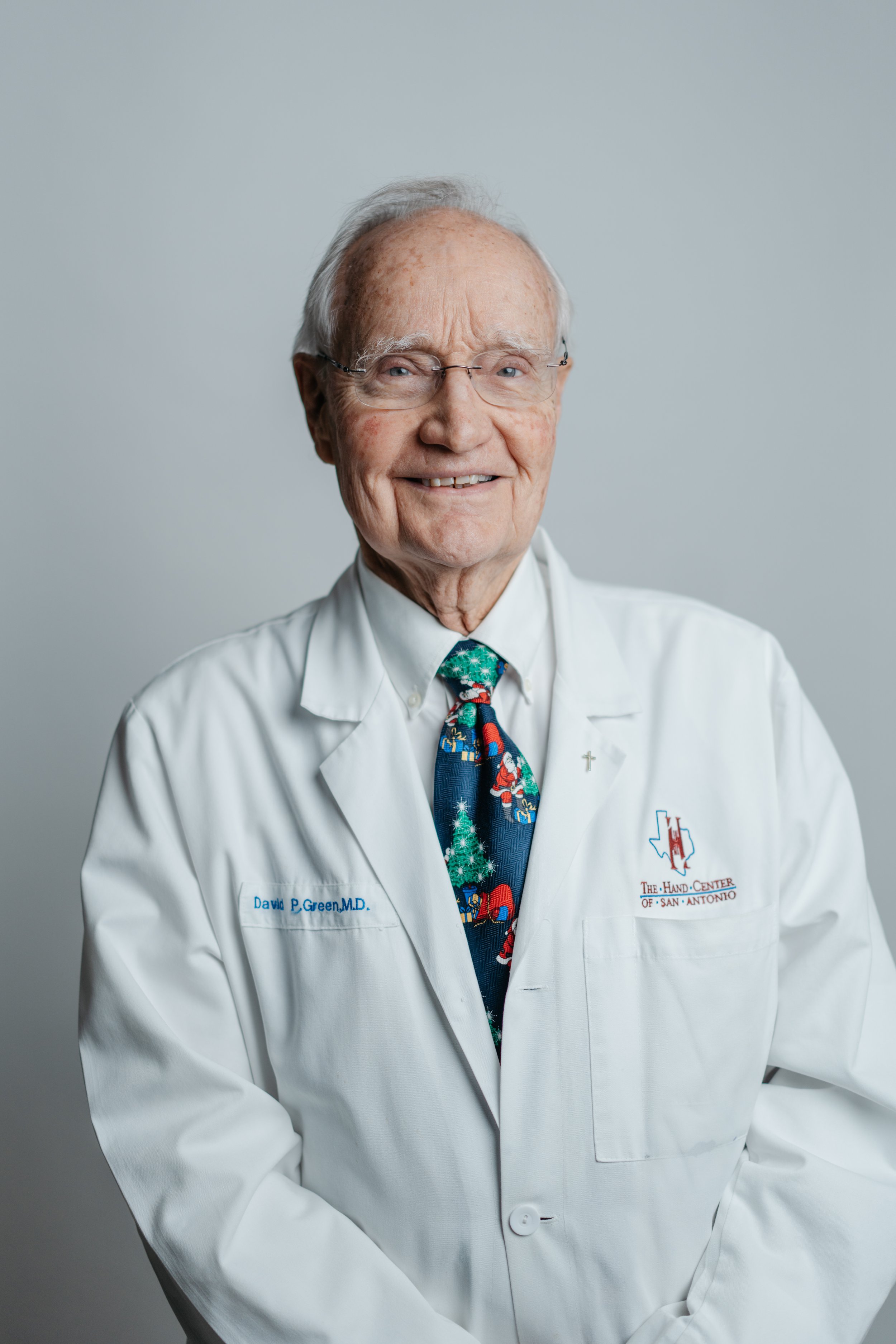
David P. Green, M.D.
-

Mark Bagg, M.D.
-

David W. Person, M.D., F.A.C.S.
-

Ramesh C. Srinivasan, M.D.
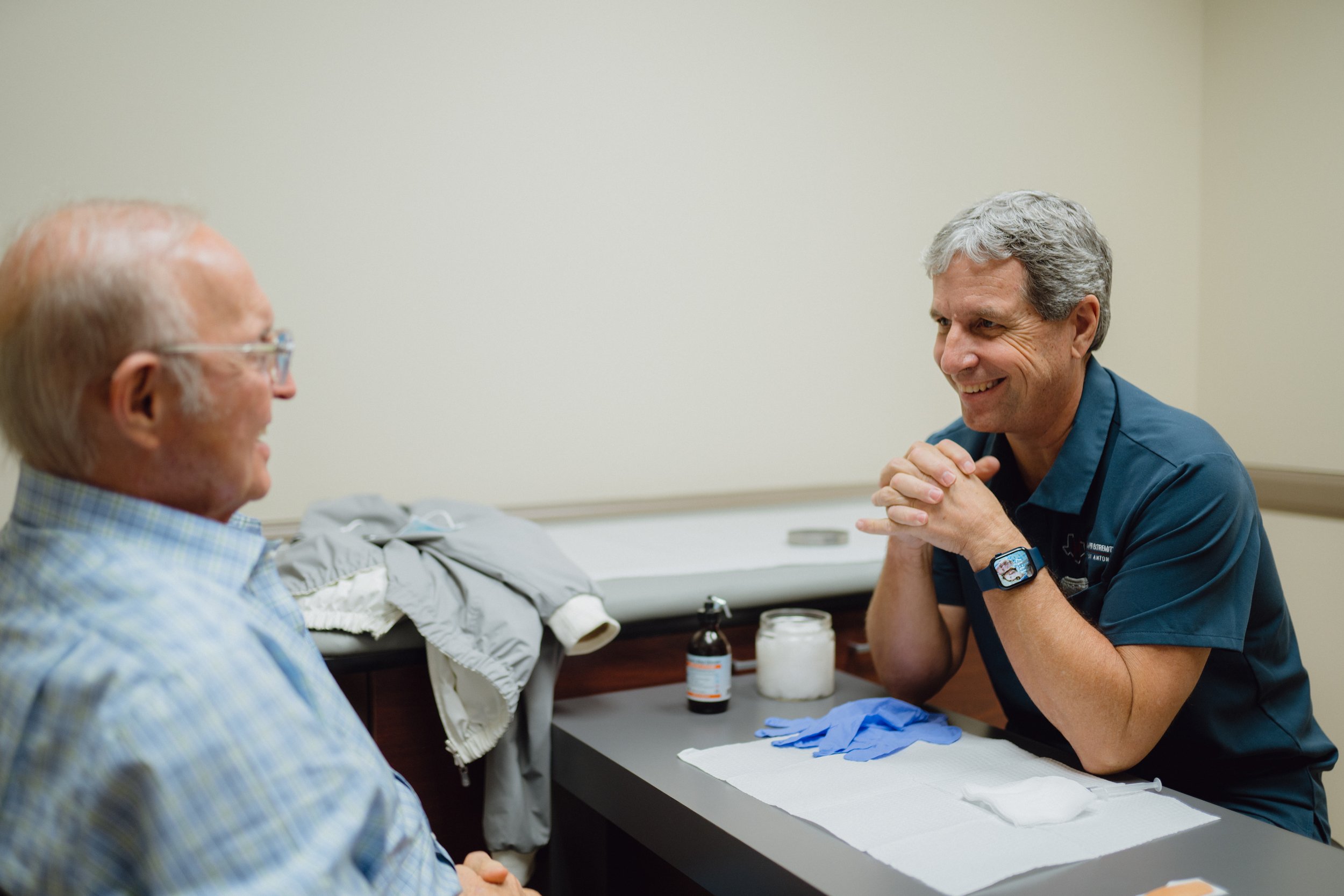

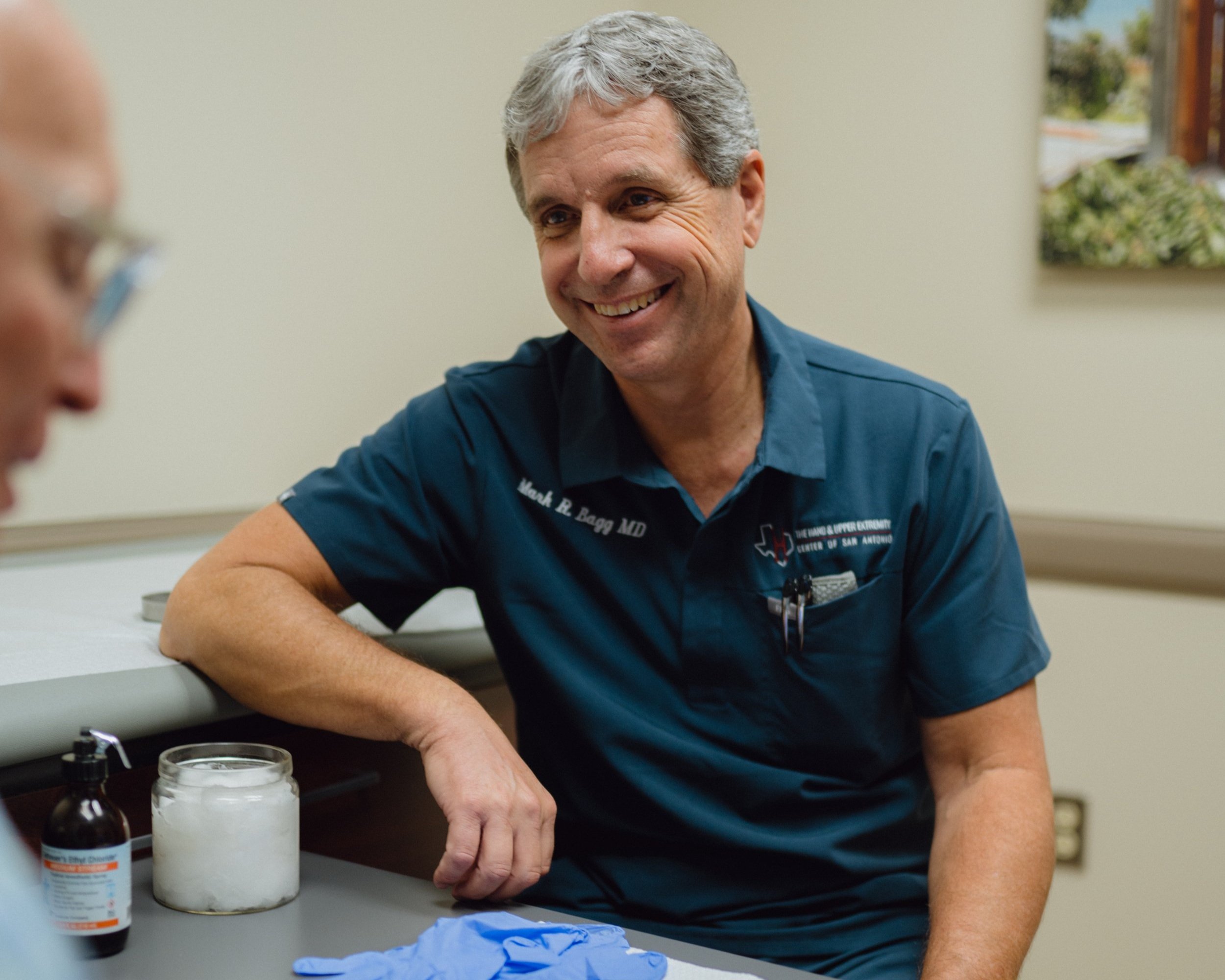
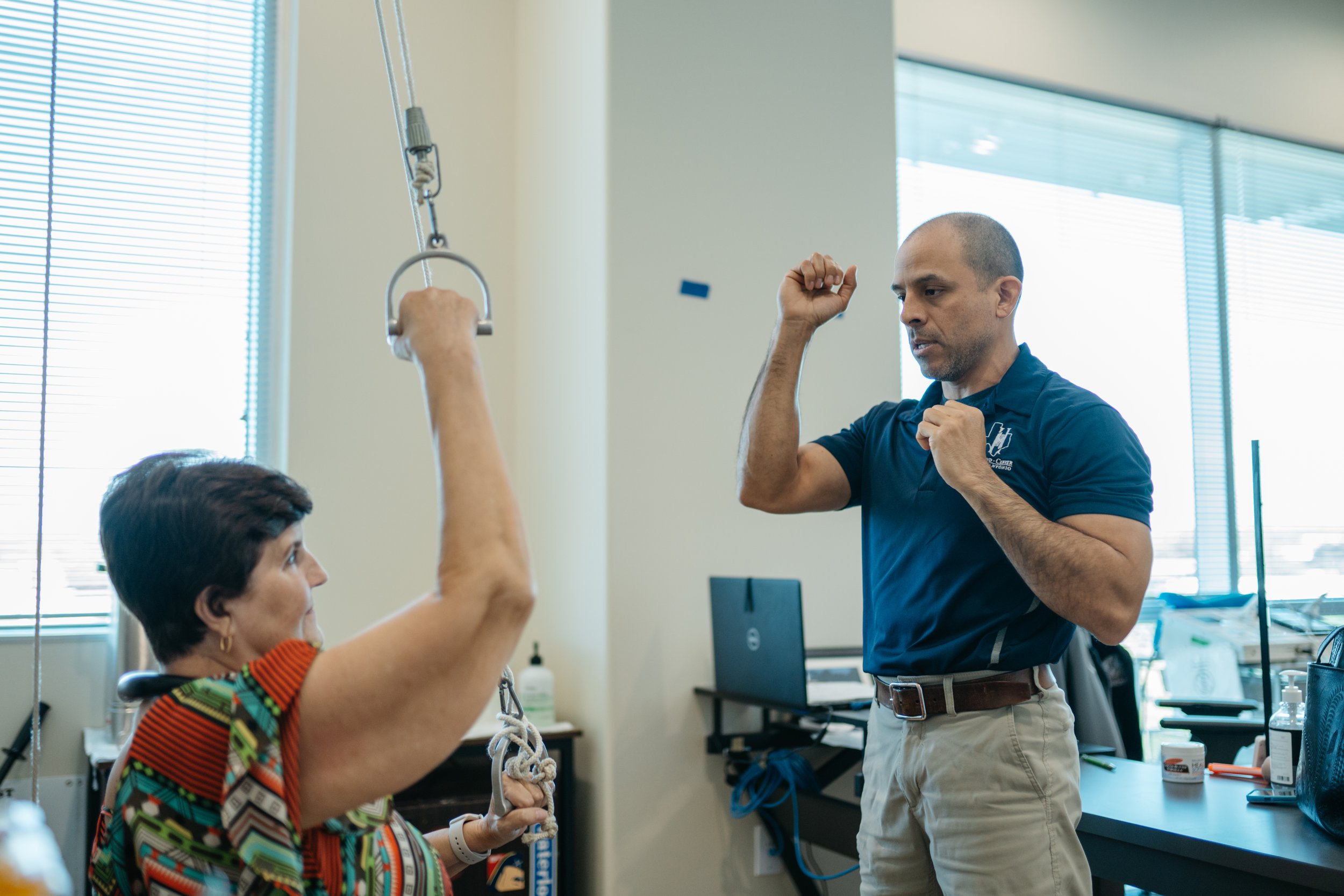
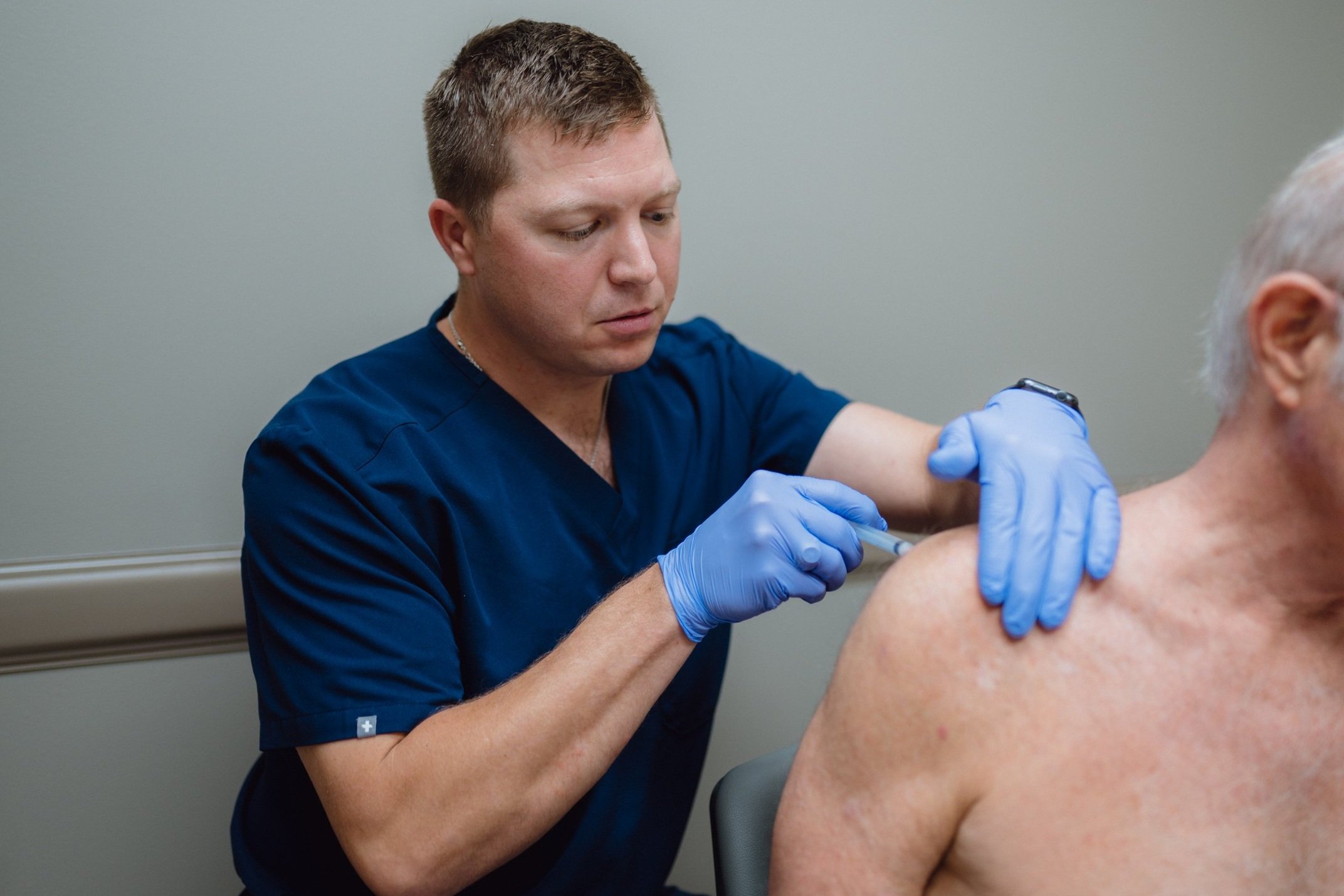
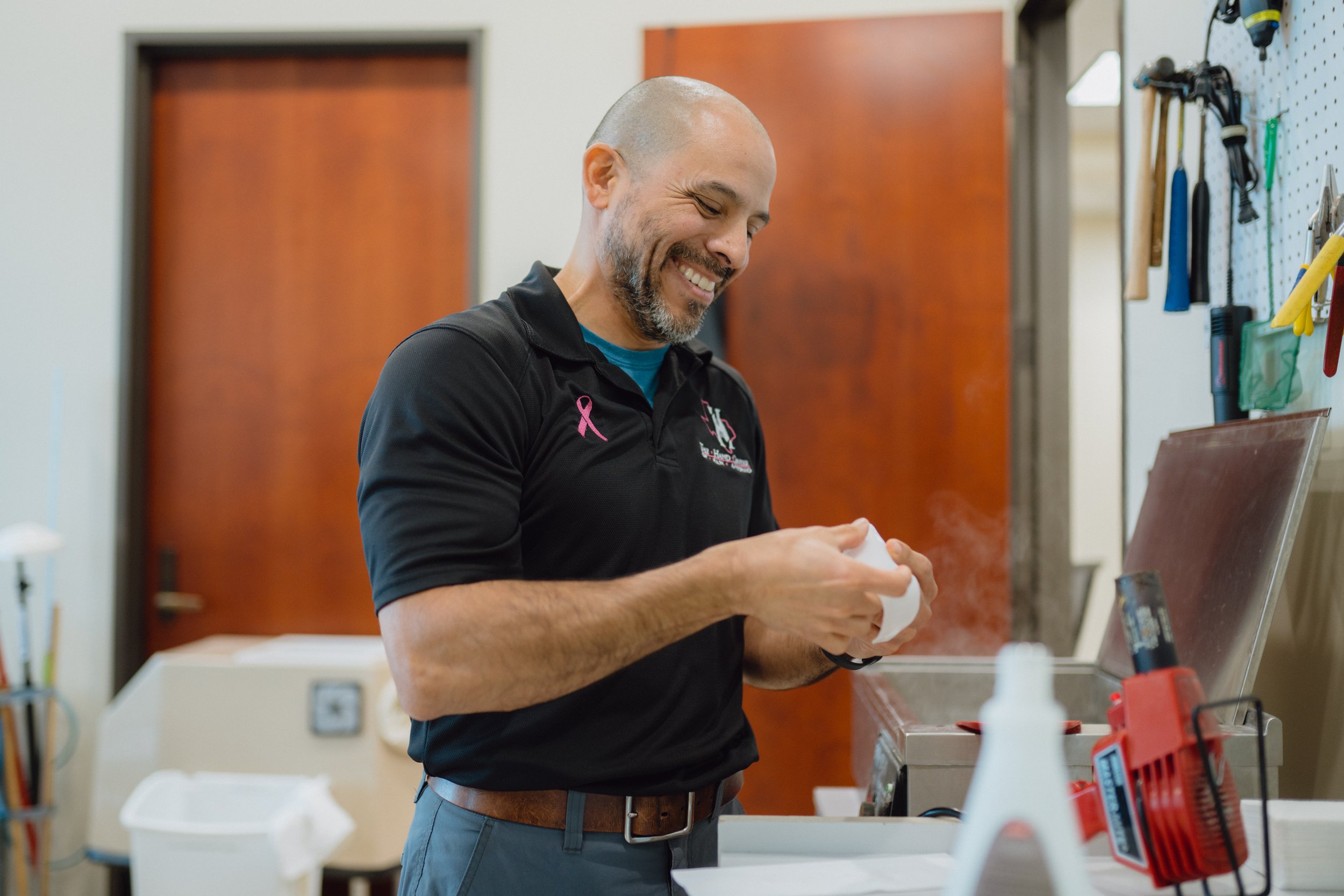
OTHER Shoulder RELATED ISSUES WE CAN HELP WITH
check out our latest blog posts regarding shoulder injuries
Did you know we offer in-house therapy?
Hand therapy is a merging of occupational and physical therapy theory and practice that combines comprehensive knowledge of the structure of the upper limb with function and activity. Using specialized skills in assessment, planning and treatment, hand therapists provide therapeutic interventions to prevent dysfunction, restore function and/or reverse the progression of pathology of the upper limb in order to enhance an individual’s ability to execute tasks and to participate fully in life situations.


